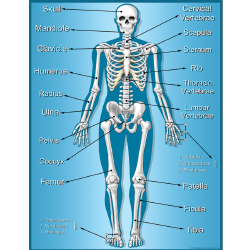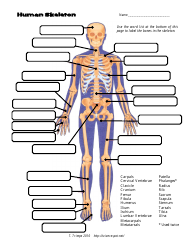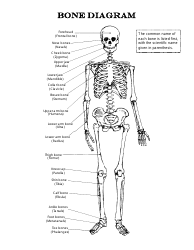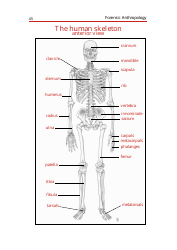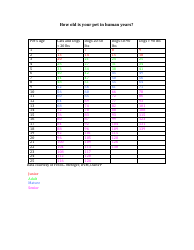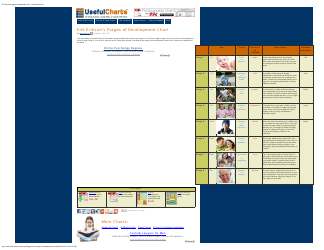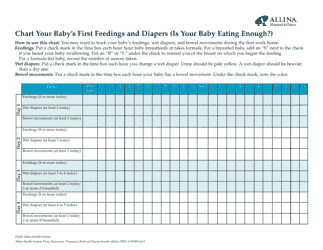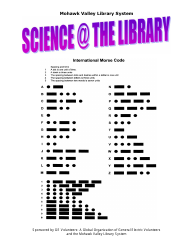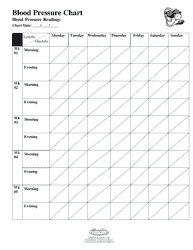Skeleton Chart Template - Human Skeletal System
A Skeleton Chart Template for the Human Skeletal System is a visual tool used to display and organize information about the different bones in the human body. It helps in learning and understanding the structure and function of the skeleton.
The skeleton chart template for the human skeletal system can be filed by medical professionals, educators, or anyone interested in studying or teaching about the skeletal system.
FAQ
Q: What is the human skeletal system?
A: The human skeletal system is the framework of bones and cartilage that supports and protects the body.
Q: How many bones are in the human body?
A: There are 206 bones in the human body.
Q: What are the main functions of the skeletal system?
A: The main functions of the skeletal system are to provide support, protect internal organs, facilitate movement, produce blood cells, and store minerals.
Q: What are the two main parts of the skeletal system?
A: The two main parts of the skeletal system are the axial skeleton (skull, vertebral column, and rib cage) and the appendicular skeleton (limbs, pelvis, and shoulder girdle).
Q: What are the different types of bones in the body?
A: The different types of bones in the body include long bones (e.g. femur), short bones (e.g. wrist bones), flat bones (e.g. skull bones), and irregular bones (e.g. vertebrae).
Q: What is the purpose of joints in the skeletal system?
A: Joints allow for movement and flexibility between bones.
Q: What is cartilage?
A: Cartilage is a flexible connective tissue that acts as a cushion between bones.
Q: What is osteoporosis?
A: Osteoporosis is a condition characterized by weak and brittle bones, often due to loss of bone density.
Q: How can we keep our skeletal system healthy?
A: To keep the skeletal system healthy, it is important to have a balanced diet rich in calcium and vitamin D, engage in regular weight-bearing exercise, and avoid smoking and excessive alcohol consumption.
Q: What are some common skeletal disorders?
A: Some common skeletal disorders include osteoporosis, arthritis, scoliosis, and fractures.


